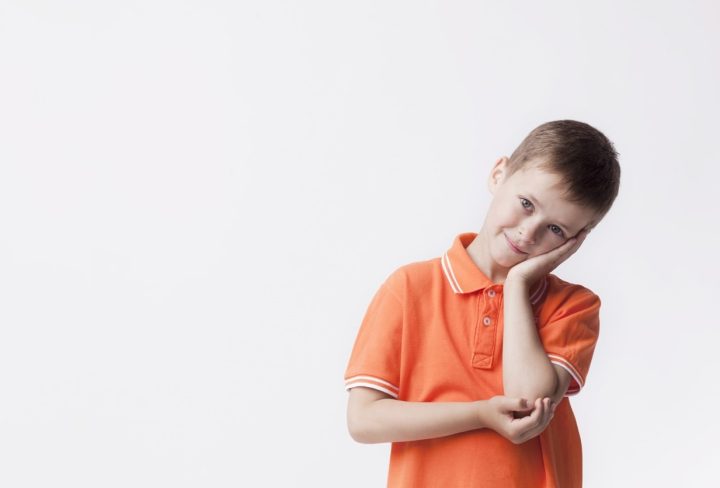- Cerebral palsy is a neurological problem that affects body movements, muscle tone, and coordination
- It occurs because of injury to the brain that can happen before, during, or after birth
- It is a life-long condition with no cure
- With proper treatment, children can manage their symptoms and lead fulfilling lives.
Cerebral palsy: Signs to Look For!
Cerebral palsy can affect the whole body, and symptoms vary depending on the part of the brain affected. Common signs include,
- Delay in developmental milestones (crawling, walking, or speaking)
- Stiff muscles
- Abnormal posture
- Random and uncontrollable muscle movements
- Weakness in arms or legs
- Problems with balance and coordination
- Difficulty walking
- Vision, hearing, or speech problems
- Seizures
- Bowel and bladder problems
- Bone abnormalities (curvature and rotation of the backbones or dislocation)
Consult your doctor if you notice any of these problems at home.
Causes of Bell’s Palsy
The direct cause of cerebral palsy is not known. Most cases happen when a child’s brain is still developing (before birth or early infancy).
The risk factors for cerebral palsy include:
- Preterm birth (born before 37 weeks of pregnancy)
- Multiple births (Twins, triplets)
- Lack of oxygen to the brain during pregnancy and delivery
- Conditions that block blood flow to the brain
- Head injuries
- Low birth weight
- Infections in the womb or after birth
- Untreated jaundice
- Genetic disorders
- Family history
Diagnosis of cerebral palsy
If your doctor suspects cerebral palsy, they will evaluate your child’s:
- Signs and symptoms
- Growth and development
- Medical history
- Physical examination
Your doctor might also order blood tests and brain scans to exclude other conditions.
Ways to treat cerebral palsy
There is no cure for cerebral palsy. Few treatment options can help to improve your child’s daily functioning.
- Medications to treat muscle stiffness
- Physical therapy to strengthen muscles and improve balance and coordination
- Speech therapy to help children talk and other ways to communicate
- Devices to help children with walking, standing and hand function
- Surgery to improve posture or other deformities
Ten Foods to Include in a Cerebral Palsy Diet
Children with cerebral palsy have a high risk of malnutrition due to digestion problems, difficulty eating, and reduced physical activity levels.
Here are ten foods to include in your child’s diet:
- Eggs
- Avocados
- Nut butter (Peanut or Almond Butter)
- Olive oil
- Leafy vegetables
- Whole grains
- Yogurt
- Ginger
- Salmon
- Turmeric
A deficient diet leads to limited growth and development in children with cerebral palsy.
Home Care for Kids with Cerebral Palsy
Parents will face unexpected challenges in caring for a child with cerebral palsy. Here are some of the precautions that parents must follow:
- Educate yourself about the condition to support your child
- Enrol your child in a therapy program to control disrupted muscle movement and improve functionality and life quality
- Include your child in your daily activities and encourage them to participate by talking and touching objects with you
- Provide a nutritious diet to strengthen their muscles and bones
- Use simple toys and things to demonstrate how to play with them to your baby
Myth and Fact: Cerebral Palsy
Myth: People with cerebral palsy are mentally impaired
Fact: Cerebral palsy can affect posture, balance, muscle control, or more, but it is not a form of mental impairment
Fast Facts on Cerebral Palsy
- Every case of cerebral palsy is unique
- Cerebral palsy is not life-threatening
- Cerebral palsy does not spread through human contact
- The effects of cerebral palsy are long-term.


